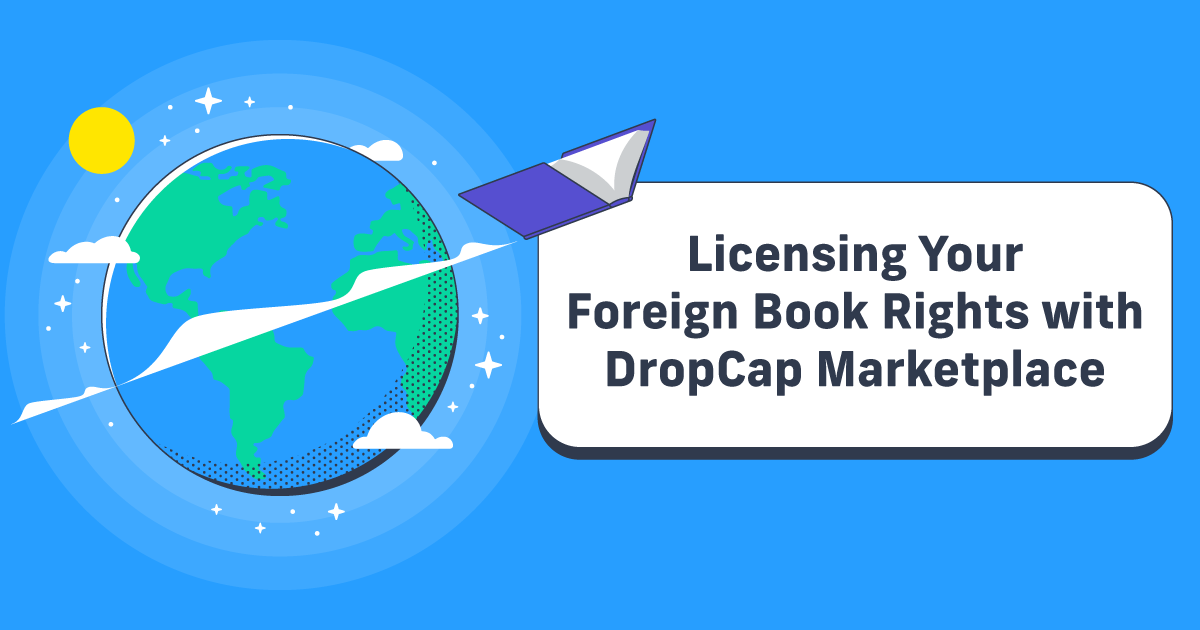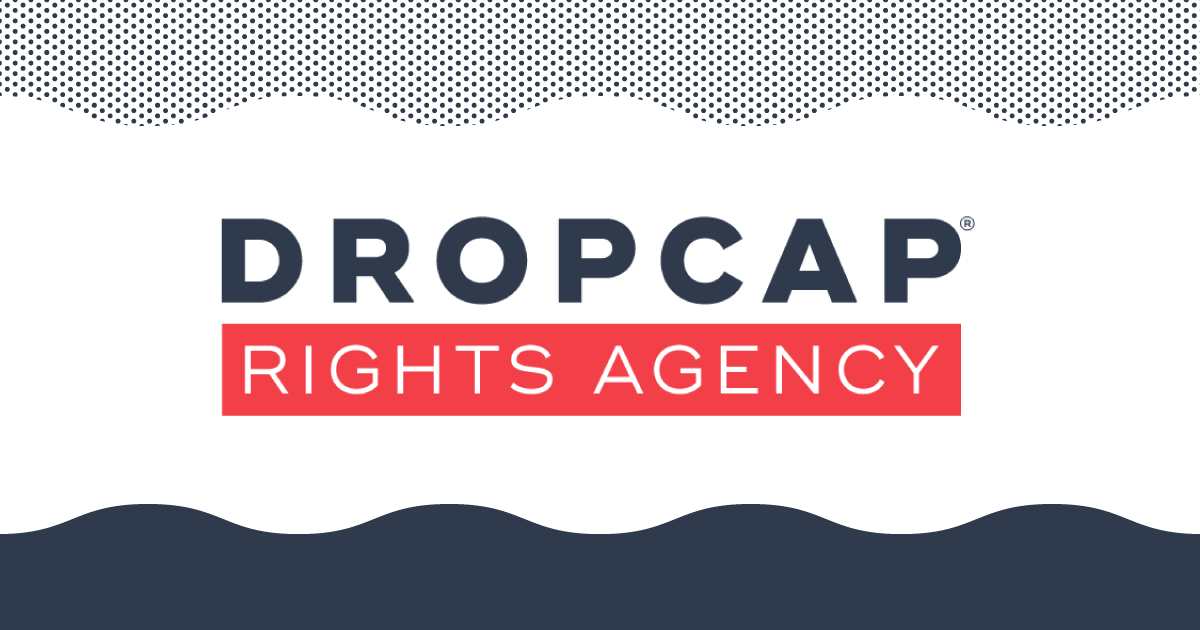What Is an Author Brand and Why Does It Matter?
What do you think of when you see the word ‘brand’? It tends to elicit distinct imagery. Nike and their ‘Just Do It’ tagline. Or McDonald’s golden arches. Brands are so recognizable that certain phrases or imagery become synonymous with that brand. But branding isn’t just for those enormous companies.
If you’ve spent any time researching publishing, you’ve probably come across a few articles or guides that talk about developing an author brand.
This is one of those articles.
Author Branding Definitions
While ‘author brand’ might sound intimidating, it’s not. In fact, it’s pretty damn simple.
Okay, it’s not actually that simple. Marketing your book is hard work. But developing your author brand doesn’t need to be the hardest part.
Let’s start by defining ‘brand’:

An author brand is neither of these. But also kind of both.
Obviously, don’t go poking anyone with a hot iron. However, you do need to make a distinct mark to differentiate yourself from other authors.
The second definition is the familiar one for marketers; the product or company is a ‘brand’ that is built up with a unique design and/or advertising. For you, it’s best to think of yourself (the author) as the brand and your book as a product or, as some in marketing describe it, a brand extension.
All of this brings us to the most important thing to remember as you plan and develop your brand: an author brand is more than just the books you write.
Your brand identity is a combination of you, what you write, and the author (also you), who is the face of your business.
The Basics: Defining Your Author Brand
Creating social posts, an email newsletter, and other marketing activities is a far cry from writing a book. But putting off developing your brand (and a marketing plan with it) will come back to bite you later on.
The moment you decide to publish your book, you need to begin thinking about your brand and how you’ll market yourself.
Fortunately, defining your author brand is an intuitive process. Start with some notes about your book. Is it fiction? Nonfiction? A travel journal? A cookbook? Think (broadly) about what genre your book might fit into.
Next, list other content you will create to accompany your book (videos, social posts, podcasts, blogs, etc.). This is key to think about early, even if you don’t have immediate plans in place. You need to have other kinds of media to support your brand; your book is not enough on its own.
An Author Brand is more than just the books you write
Got your list? Use it to think about where your book and your other content intersect. For example, let’s say you’re writing high fantasy. You’ve got a couple of books and will add more to a series. You’ll also be using social media because you’ve joined a few groups of Fantasy readers/writers and are active there. You can assume they’ll be interested in art and other collectibles that expand the universe your book introduces.
That might not seem like much, but you know you’ll need a conversational tone, and your stories will be fantastical. Add to the mix your website design (classic fantasy, maybe with prominent links to those social platforms/groups above the fold).
That right there defines a lot more about your brand than you might think.
It’s always hard to see how your brand will represent you until you see it in practice. So let’s do that.
Author Brand Examples
First up is a well-known author. The perfect way to set a baseline for our author branding.
James Patterson
We all know Patterson and his enormous catalog of work. Yes, he’s gone through a traditional publisher, but that doesn’t minimize the effort he’s put into his brand.
Patterson does one thing a little unique that only someone like him could: his home page is actually just a link tree to his two primary publishing sites:
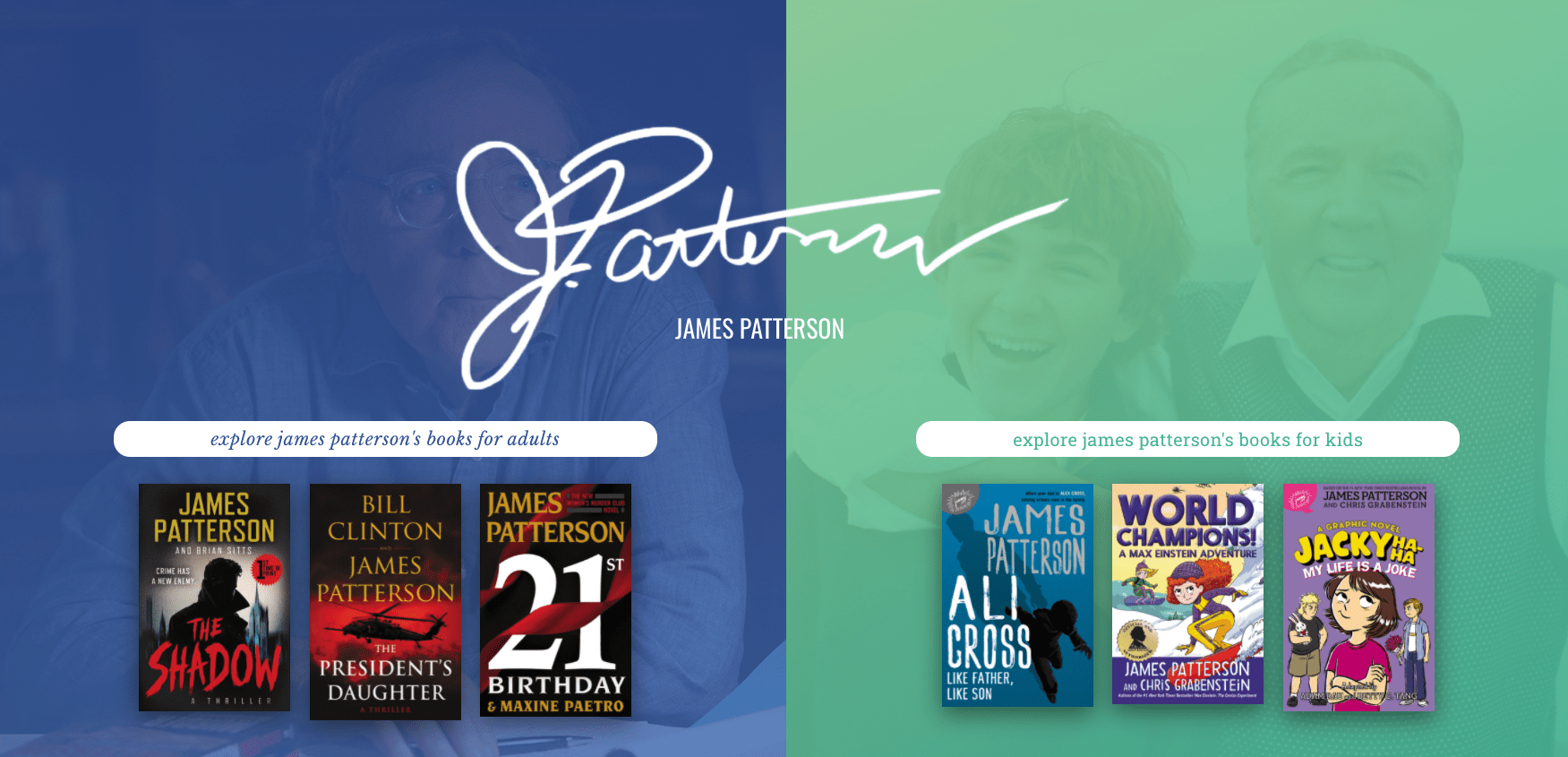
Because Patterson has both an adult and children’s publishing site, he starts by directing you to the correct site. Let’s take a look at his adult publishing home page:
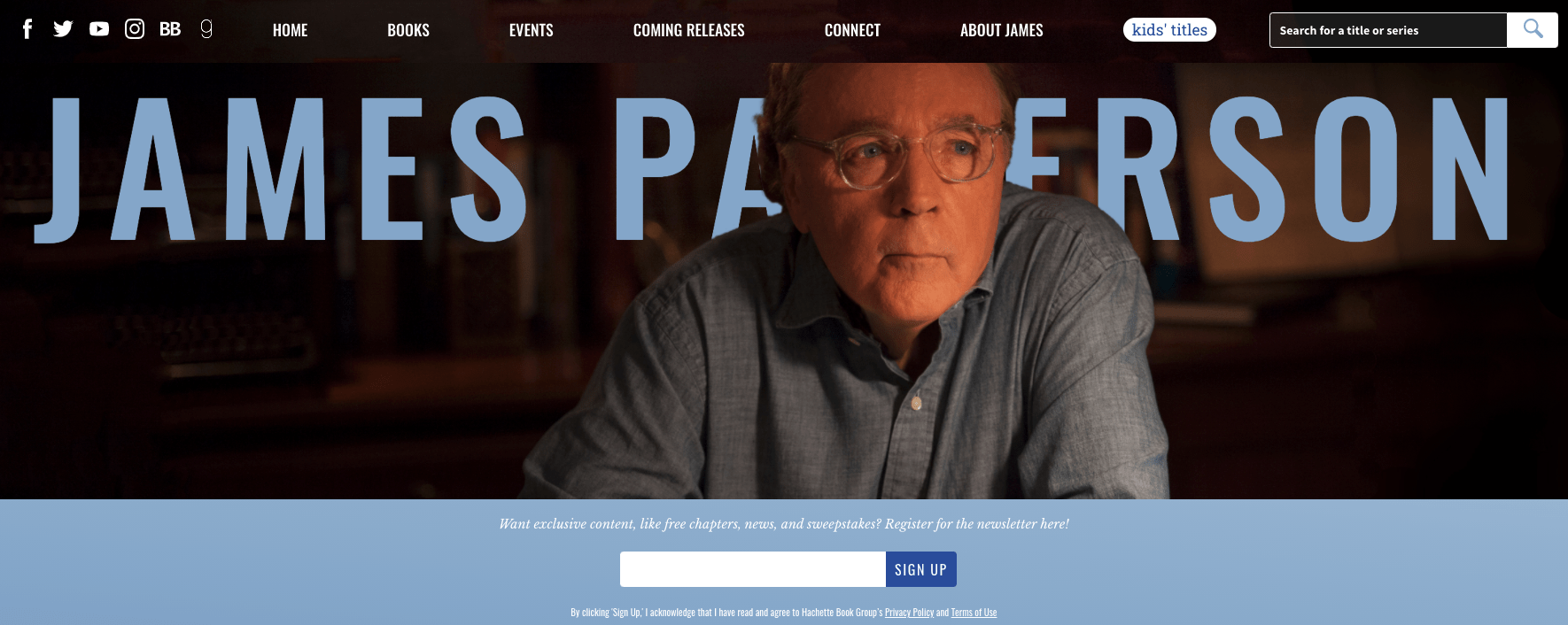
Take a long look at this image. James Patterson is a master of the brand. Plain and simple. His author website’s ‘above-the-fold’ content is terrific. First, we have his name and image on the primary image (called a hero image). Simple navigation and search along with an email capture box; Patterson checks all the boxes for a well-designed and search-friendly author website.
From a brand perspective, he’s got that shade of powder blue and basic Helvetica fonts. Scrolling down, you’ll find many book listings using yellows and reds mixed with blue to create a vibrant background. It’s consistent, welcoming, and easy to quickly find what you’re looking for.
If you’re starting to develop your author website and need some inspiration for both the design and your brand consistency, I would use Patterson’s site as a model.
Audrey Grey
I’m really impressed with Grey’s website. She’s an independent author and publisher, so you know she’s had to do much of the design work herself. And in a crowded YA Fantasy genre, every author has to find ways to stand out.
In Grey’s case, she’s done that through a clean, friendly site that retains the ‘fantasy’ feel we expect.
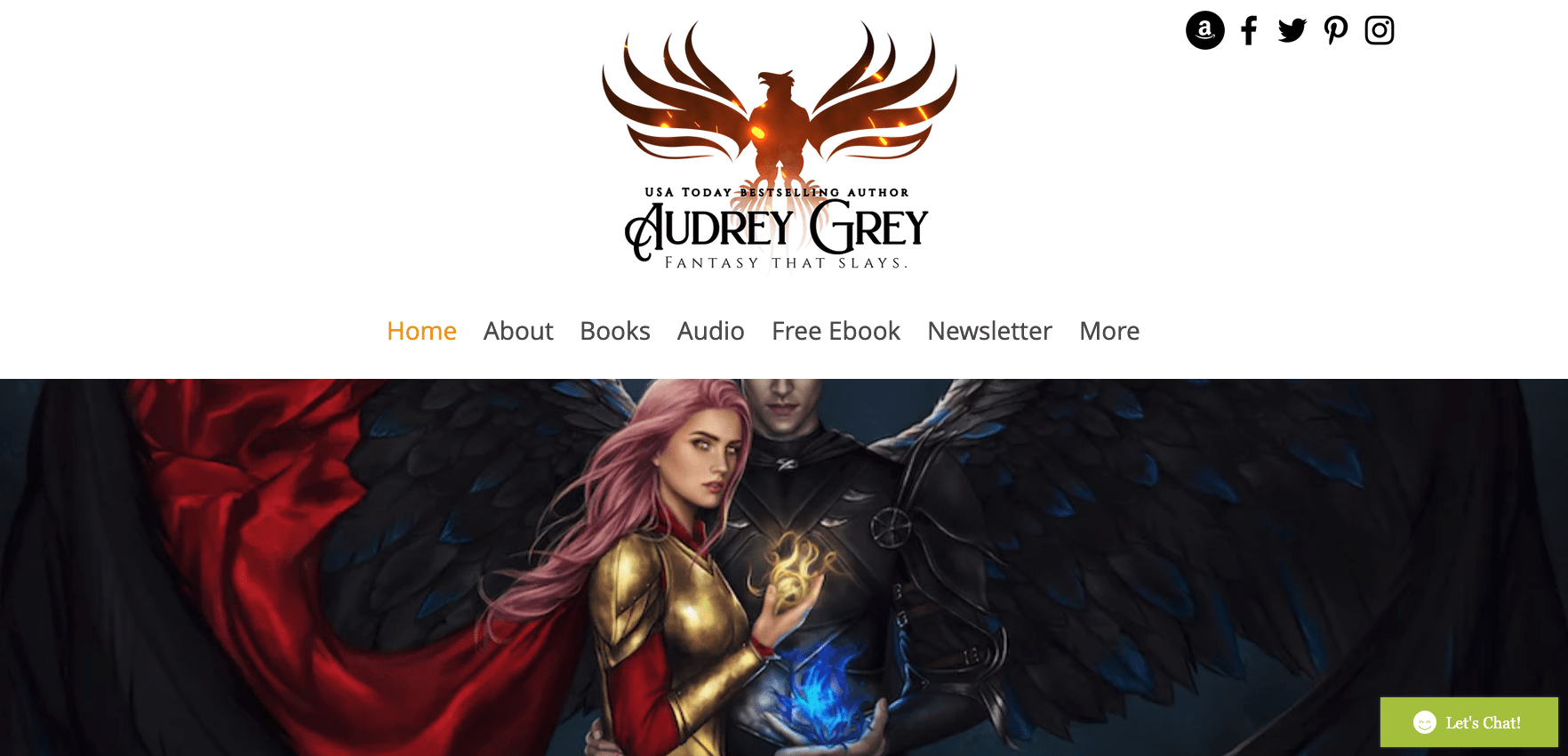
Much like Patterson’s homepage, Grey has simple navigation and a striking hero image. It even goes one better with an author logo designed to emphasize her while hinting at her genre. Her book marketing is on point; the logo and the hero image faithfully place us in the fantasy genre without getting too ‘busy’ on the page.
Gretchen Rubin
I love this site for a few reasons. Focusing on your brand, if you need an example of what building an author brand can do, look to Rubin’s site.

First, note her four-part hero. It’s a carousel that rotates through four messages, which is a testament to Rubin’s ability to diversify. Yes, she’s a terrific writer. But her brand is more; she teaches, gives lectures, and (as seen in the image above) has a podcast.
Throughout her site, Helvetica and Verlag fonts are paired with blue and yellow colors. This combination conveys authority while being welcoming. Together, these elements create a site that is rich with her brand, conveys her expertise, and still promotes her books.
Building Your Brand (Book)
With your list of book attributes and other media you’ll be utilizing, it’s time to think about the practical application of your brand. For businesses, this usually takes the form of a ‘brand book.’ At Lulu, we have a 30-page book that defines four important aspects of our brand:
- Company Overview
- Logos/Imagery
- Colors
- Typography
While you certainly don’t need anything as in-depth as a 30-page book, these four pillars are a great framework for your brand guide.
Overview
This should be your author bio – the blurb you use on the back of your book or your social profile. Keep it short and sweet with an eye toward your tone. Think about your audience and look for ways to appeal to them.
You should also list keywords or statements that help define your tone.
This overview can include various content, such as anything you might need when pitching your book to retailers or promoters/influencers who might help you reach new audiences.

Your Free Lulu Account
Create a Lulu Account today to print and publish your book for readers all around the world
Logos/Imagery
Creating an icon or logo for your author brand helps with consistency. I would not call it a necessity, but it is nice to have if you have the design skills or budget to hire a designer.
What you do need are images of you. An author headshot, at the very least.
You should also list a few general parameters for images. This might include notes on style, use of certain kinds of images (say you write about zoology; you might want a few animal silhouettes) or design (such as vector vs. stock graphics).
Colors
Pick at least one primary and probably two secondary colors. These are your brand colors—you’ll use them in your logo and site design. Selecting a few colors (they need to complement each other!) will help keep your site and marketing materials consistent.
When you need to create a new page (say, for your latest book release or to promote an upcoming event), you’ll refer to your color guide to learn how to style it. The idea is to reduce some of the work that goes into the design by setting out specific details ahead of time.
Typography
Fonts, weights, colors; remember that this branding guide is primarily for an online audience, too. You’ll want web-safe fonts. It’s worth selecting a couple of fonts. Perhaps the font you’ll use for image copy will differ from your blog posts.
I like assigning colors to my fonts as well.
For example, Lulu uses dark blue for most of our Heading styles.
Remember, too, that this is your brand guide. You could make one of these sheets for every book (or series) you write. But this one has to be consistent with you across all platforms. Keep that in mind as you put together your author brand guide.
For fun, here’s a really simple example I made:
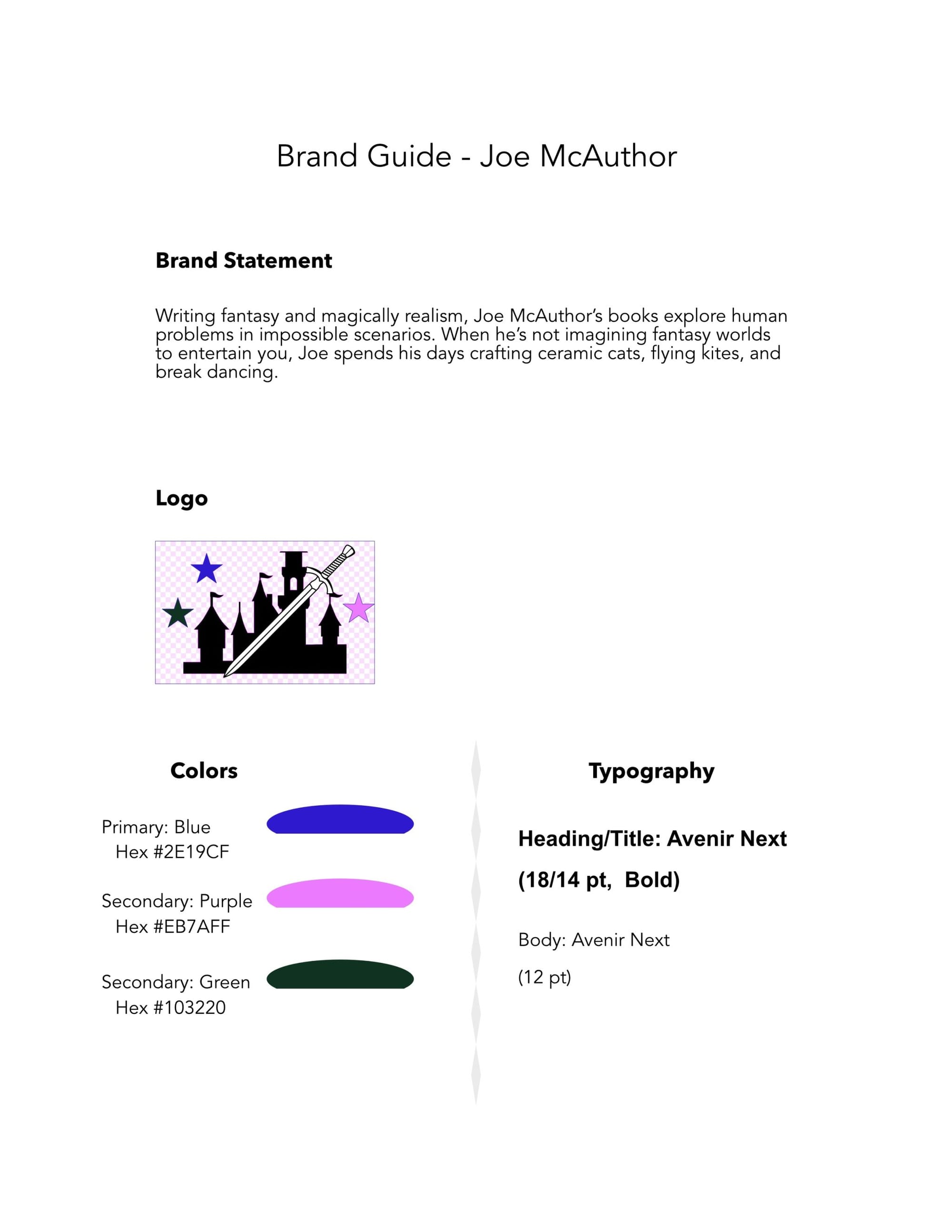
Positioning Your Book
It’s important to think about your brand independently from individual books. A series or standalone book could have its own branding—a subset of your author’s brand. But it has to start with you and the author persona you want to project to the world.
Your branding will define how you style your author website, emails, and social media profiles/posts. However, when it comes to your books (and other products), the branding can be much more subtle.
Of course, you’ll use the author bio on the back cover or interior. But otherwise, you might not really do much branding. The color and typography can differ based on the book; you might even have a unique logo if you’re writing in a series. Your books should reflect your brand, but they shouldn’t be tied exclusively to them.
Your book will need its own branding, often referred to as market position. While how you position your book must be informed by your brand, it can (and often should) be independent of it.
You, Your Author Brand, and the World
Your author brand (which is essentially your personal brand, if that helps) is key to long-term success. This can be difficult to understand when you’re pinning down a bio and brand story, building a color palette, and creating a recognizable logo. All that work takes time that you might rather spend actually writing.
Again, I’m talking long-term here. If you take the time to develop and flesh out a consistent and authentic brand now, you’ll know who you’re appealing to later. With each successive book you publish, you’ll have that brand as a foundation. So, before you rush to publish your book, take some time to understand your audience and develop a brand that will appeal to those kinds of readers. Building that connection now leads to fans in the future. And we all know that fans—the people eager to buy your work—are the path to sustainable income and success for your writing career.



